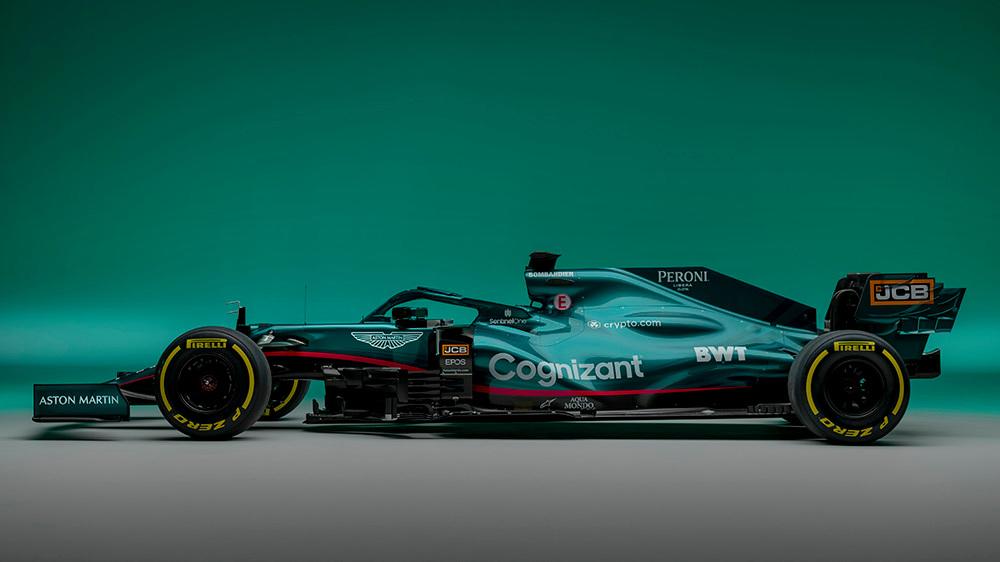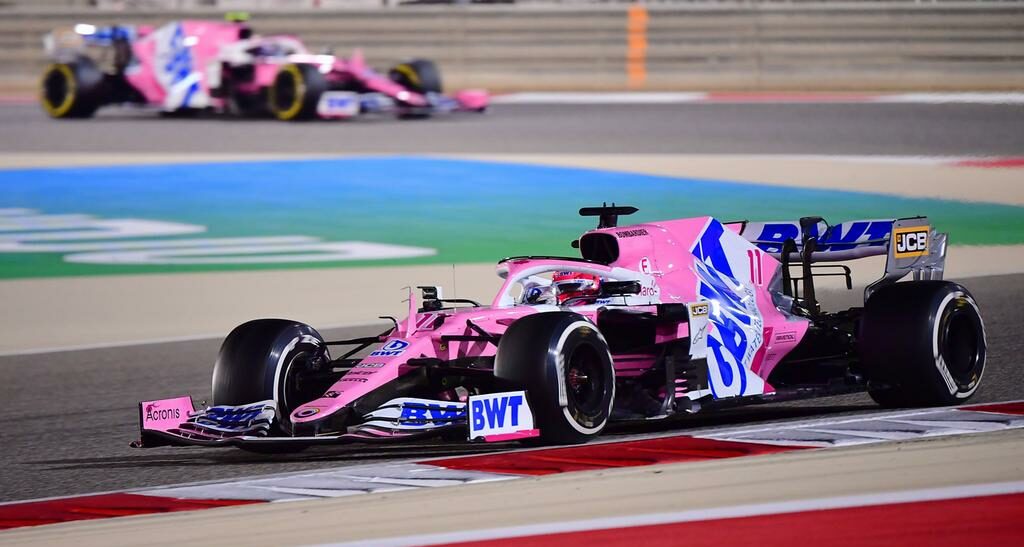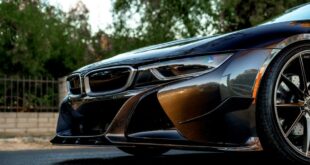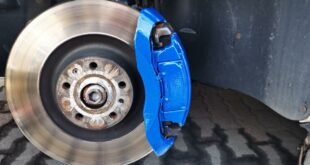Recently updated on September 11, 2023 at 12:55 am
[Display]
The formula is the premier class of motorsport to this day. After all, the racing series prides itself on placing the highest demands on drivers and engineers. In fact, motorsport and Formula 1 in particular are considered to be the reservoirs for the best vehicle developers in the world. Innovations from Formula 1, later also in series production, are used again and again. Of course, a lot of attention is paid to engine development in Formula 1. In the more than 70-year history of the racing series, the engine regulations have received numerous changes. We take a look at the history of Formula 1 engines.
The engine moves from front to back
In the early days of Formula 1, the regulations for the engines still fit on a Din A4 page. In the first two years, Alfa Romeo dominated with a supercharged engine. The first rule change followed in 1954, which was intended to ensure lower costs. The naturally aspirated engines were allowed to have a displacement of up to 2500 cm³. This also benefited the German car manufacturer Mercedes, among others, which achieved its first successes in the premier class in the 1950s. Then as now, Mercedes set the tone. Lewis Hamilton is currently one of the top favorites for the next World Cup title with Mercedes in NetBet sports betting with odds of 1,74 (as of April 26th). After its withdrawal in 04, the British Cooper revolutionized the vehicle design and the engine was moved to the rear of the car.
New rules lead to the Cosworth DFV
Since the Italian car makers of Ferrari and Maserati missed this development, it was not until the 1960s that Ferrari was again one of the top teams. In 1961, the FIA introduced a displacement limit of 1500 cm³ and a minimum vehicle weight of 450 kg. Especially Lotus celebrated great successes in this era. Larger engines were then approved again for the 1966 season. The legendary Cosworth DFV engine was also developed during this period. This drive unit dominated the premier class for almost 20 years.
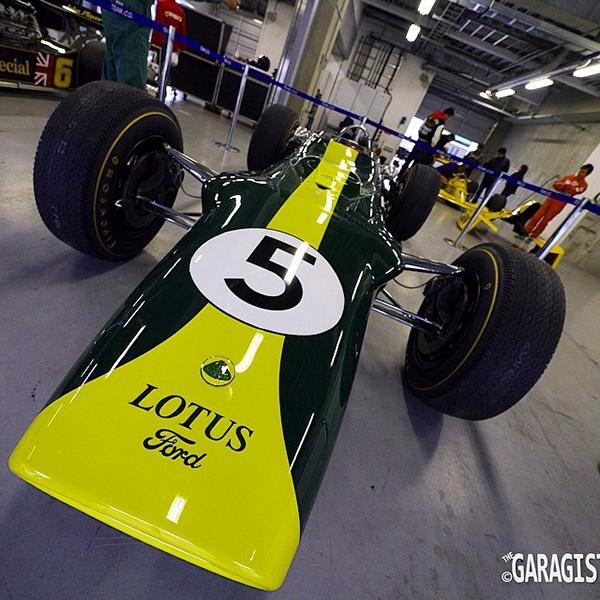
The turbo era in Formula 1
If the 1970s were the decade of the Cosworth DFV, so did the turbo engines from the 1980s. There were reservations about this technology for a long time, but Renault made the turbo engine socially acceptable in the early 1980s. Well over 1.000 hp were now the standard. From the 1986 season onwards, every team relied on a turbo. The FIA tried to curb the performance explosions with various rule changes. Above all, the high consumption figures led to a return to naturally aspirated engines in the 1990s.
The hybrid drive is coming
Here, a displacement of up to 3500 cm³ and 12 cylinders was initially allowed again. It was above all the time of the designers. Design guru Adrian Newey built his reputation over his years at McLaren. For more than 10 years, 10 or 12-cylinder engines have dominated Formula 1. Since then, the rules have been increasingly adapted in the sense of "less is more" in order to reduce costs and emissions. From 2006, 2,4 liter V8 engines were announced. With the introduction of the Kers system, an additional electric drive source, the age of hybrid drives was ushered in. Mercedes in particular is a pioneer here. Silver Arrow driver Lewis Hamilton is once again the top favorite for the title this season. With his eighth World Cup success, he could crown himself as the record champion of Formula 1.
It will be interesting to see in which direction Formula 1 will develop in the future.
We have published countless more tuning reports on tuningblog.eu. If you wanted to see an excerpt then just click HERE, And also interesting products around the topic Cars and Car tuning are online. We have included an extract from the last ones for you:
|
Brand DNA for retrofitting: H&R sport springs for the BMW X1 |
Painting brake calipers: an important detail and a real eye-catcher! |
"Tuningblog.eu" - we keep you up to date on the subject of car tuning and car styling with our tuning magazine and we present you the latest tuned vehicles from all over the world every day. It's best to subscribe to ours Feed and will automatically be informed as soon as there is something new about this post, and of course also to all other contributions.
 tuningblog.eu Your magazine about tuning the car
tuningblog.eu Your magazine about tuning the car
